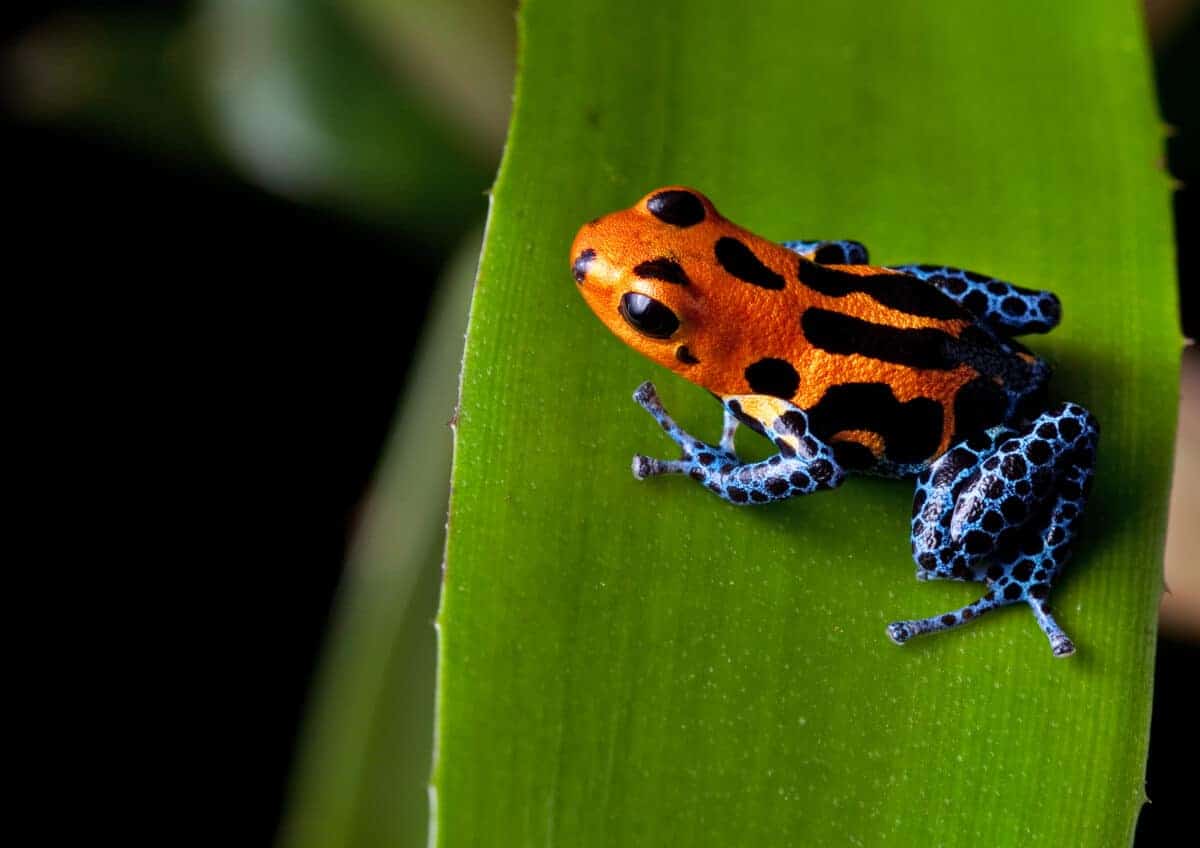Typically amphibians live on the edge between land and water, but today many live at the edge of extinction. Here’s a list of the 19 most endangered amphibians.
Amphibians are particularly extraordinary animals because they are equally adapted to life in water as life on land. However, this superpower is also their downfall – they are in need of both to survive which makes their preferred habitat scarce. Habitat loss is the most common reason for their endangerment, and nearly one-third of the 7,000 amphibian species are in danger of extinction.
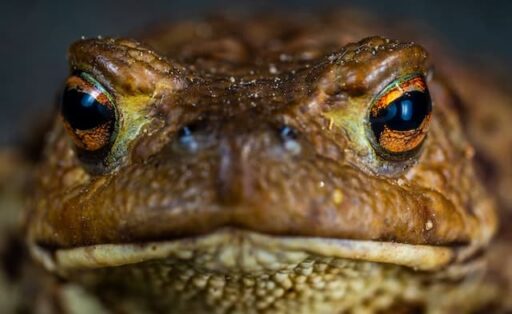
#1 Water Frogs
Water frogs are endangered amphibians found in the wild in various habitats, including ponds, lakes, and streams. Their population is declining daily due to various threats: pollution, habitat loss, and disease.
There are several ways that people can help save water frogs. These include: creating or restoring habitats, cleaning up polluted areas, and supporting conservation efforts. Working together can help ensure that these amazing creatures are around for generations.
#2 Robber Frogs
Robber frogs are present in South and Central America. They received their name due to their unique call, which sounds like a frog being robbed. These frogs are under threat from habitat loss and degradation, as well as from pollution and climate change.
We can protect and restore their natural habitat by creating and maintaining nature reserves and planting trees and vegetation. Another way to help is to reduce pollution and the use of fossil fuels, and to plant trees to help offset carbon dioxide emissions – all of which inhibit climate change. Similarly one can educate others about the importance of taking care of the environment.
#3 Shrub Frogs
Shrub frogs are an endangered amphibian species in India’s Western Ghats. The main and outmost threat to this species is degradation, habitat loss and the chytrid fungus, which declines the amphibian population worldwide.
To help save the Shrub Frogs from extinction one can protect and restore their natural habitats by creating and maintaining protected areas – such as national parks and nature reserves. Another way to help the Shrub Frogs is to control the spread of the chytrid fungus. We can do this by educating people about how to properly clean and disinfect their equipment when they are hiking or camping in areas where the fungus is present.
Finally, captive breeding and release programs can help ensure that the Shrub Frogs do not go extinct. Captive breeding programs assist in increasing the species’ population, while release programs can help reintroduce them into areas where there are none.
#4 Cryptic Forest Frogs
Cryptic Forest Frogs are an endangered species of amphibians. They are native to the rainforests of Central and South America, and their populations are declining due to habitat loss and fragmentation.
We should support conservation efforts that are working to protect their rainforest habitats. Another is to educate others about the importance of these frogs and the threats they face. People can help by not buying products that cause the destruction of rainforests.
The decline of the Cryptic Forest Frog population is a loss for the entire planet. These frogs are a part of the planet’s natural heritage, and their decline is a warning sign that we are not doing enough to protect our rainforests.
#5 Rain Frogs
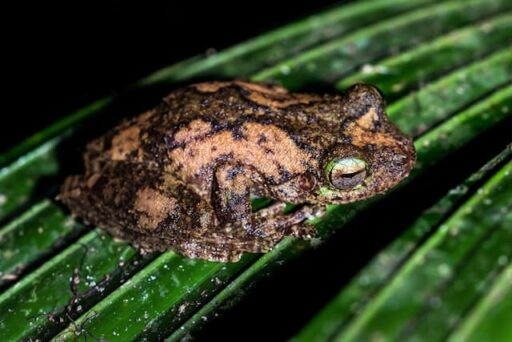
Rain frogs are small amphibians that live in tropical rainforests. They are in danger of extinction because of habitat loss and pollution. Rain frogs are also popular exotic pets, therefore illegal pet trade also threatens their survival.
There are many ways to help save rain frogs and other endangered amphibians. Firstly, support organizations that are working to protect the habitats of these frogs. Secondly, be careful about the products you use and ensure they are not harmful to amphibians. Spread the word regarding the importance of saving these animals.
#6 True Toads
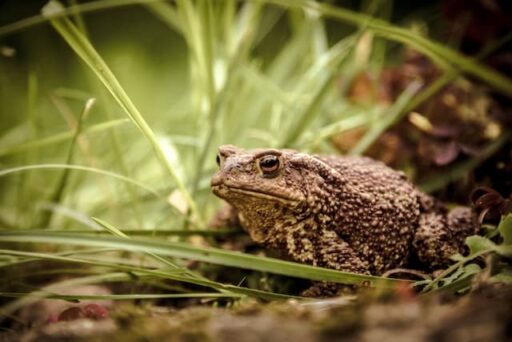
The True Toads are an endangered species of amphibians that exist in the wild in the United States. They are in danger of extinction due to habitat loss, pollution, and disease. The best way to help save the True Toads is to donate to organizations working to protect their habitat and raise awareness about the importance of amphibian conservation.
#7 Fleshbelly Frogs
Fleshbelly Frogs are an endangered amphibian species present in the rainforests of Central and South America. Habitat loss and degradation, as well as by the chytrid fungus, which is deadly to amphibians, all jeopardise their survival.
There are numerous ways to protect fleshbelly frogs from extinction. The most effective way is to restore their natural habitats by creating protected areas, such as national parks, and by working to stop deforestation and other forms of habitat destruction. We should all support research furthering such projects. Finally, captive breeding programs can help to ensure that fleshbelly frogs do not go extinct.
#8 Glass Frogs
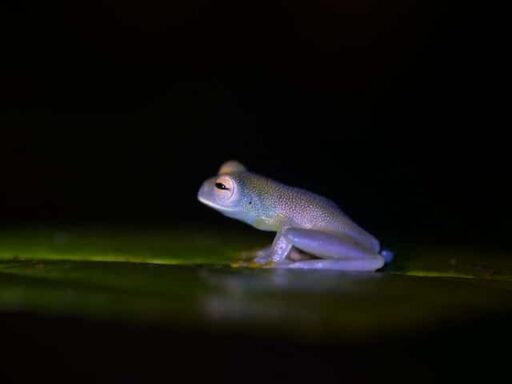
Glass frogs get their name from the fact that their bellies are transparent, which allows you to see their internal organs. We must safeguard their habitats and prevent deforestation in order to remove them from the list of the most endangered amphibians. Also, a reduction of pollution in the glass frogs’ areas is essential.
Finally, we must address climate change to ensure that glass frogs will be able to survive in the future. By taking these actions, we can help ensure that glass frogs will still be around for future generations to enjoy.
#9 Litter Frogs
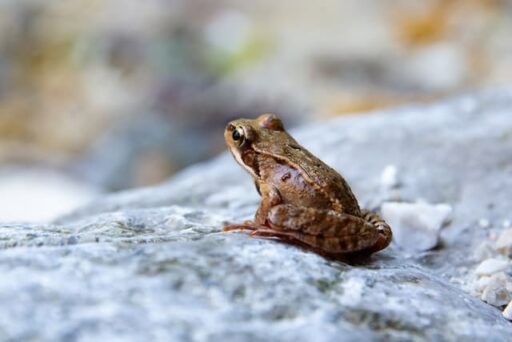
Litter Frogs are an endangered amphibian species inhabiting the tropical rainforests of Central and South America. They are in danger due to habitat loss and degradation. Moreover, humans widely hunt them for their skin, which is a frequent ingredient in traditional medicine.
Litter Frogs are small, usually no more than 2 inches in length. They have bright colors, which make them a target for hunters. They are also very sensitive to changes in their environment, which makes them vulnerable to the effects of deforestation and climate change.
How to save Litter Frogs from extinction: support conservation efforts that are working to protect their habitat and educate people about the importance of amphibians and the threats they face. People can help by not buying products that contain frog skin or other amphibian parts.
#10 Screeching Frogs
The Screeching Frogs are an endangered amphibian species endemic to the mountainous regions of central Mexico. They are in danger due to habitat loss and degradation from human activity, as well as the introduced chytrid fungus, which has decimated amphibian populations worldwide. Unfortunately, the Screeching Frogs are particularly susceptible to this fungus.
There is currently no specific plan to save the Screeching Frogs, but conservation efforts are underway to protect their habitat and control the spread of the chytrid fungus. By raising awareness of the Screeching Frogs’ plight and working to protect their habitat, we can help save this species from extinction.
#11 Poison Dart Frogs
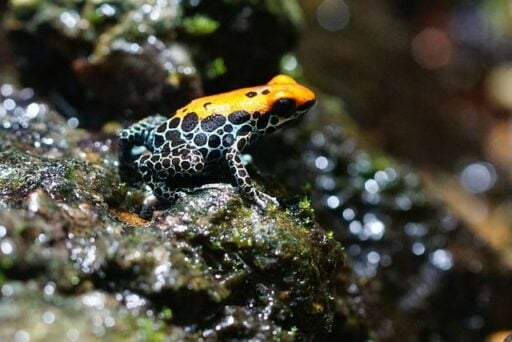
Native to the tropical rainforest region of South and Central America, poison dart frogs are vulnerable to destruction of habitats, climatic change, and pollution.
There are many reasons why these frogs are in danger. Primarily because logging, agriculture and mining disrupt and destroy their habitats. It is causing the loss of many places where these frogs live and breed. Climate change makes the weather conditions in their habitats more extreme, making it harder for them to survive. Lastly, pollution from chemicals and pesticides is poisoning these frogs and making them sick.
So, what can we do to protect Poison Dart Frogs? We can help by protecting their habitats, work on reducing climate change, and stop the spread of pollution that is harming them. We can also support conservation projects that are working to protect these frogs and their habitats.
#12 Mantellids
Mantellids are a family of amphibians, including frogs, toads, and newts. Except for Antarctica, they exist worldwide. Mantellids are in danger because of habitat loss, pollution, and climate change. They are indeed put at risk by the advent of non-native species. Mantellids can be saved by humans protecting their habitats, cleaning up pollution, and reducing greenhouse gas emissions.
#13 Giant Salamanders
One of the world’s most threatened amphibian species is the giant salamander. They are indigenous to central and southern China’s hilly areas, where they have long been hunted for their flesh. Even though hunting them is now illegal in China, the underground trade continues. Only a few hundred huge salamanders remain in the wild, and their population is dwindling.
The main reason they are in danger is because of habitat loss. The forests in which they live are clear-cut for timber and agriculture, and their streams are polluted by mining and industrial waste.
To help the giant salamander we should protect their habitats and stop the illegal trade in their meat. At the end of the day, human beings need to understand the importance of these species and spread education to protect them from the dangers they face.
#14 Lungless Salamanders
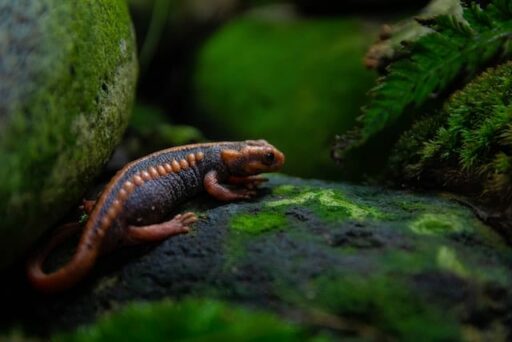
Lungless salamanders are amphibians that are native to North America. They are one of the few species of salamander that do not have lungs, instead they breathe through their skin. These animals are usually found in moist, wooded areas near streams and other bodies of water. Lungless salamanders face multiple threats that have led to their decline.
As more and more forest land is cleared for development and other uses, these salamanders are losing the places they need to live and breed. Pollution is another threat. Chemical runoff from roads and other human activities contaminate the water and make it difficult for these animals to breathe.
Normally, people have no idea how to help or protect lungless salamanders. One is to try to limit habitat loss by conserving forested areas. Another is to reduce pollution by properly disposing of chemicals and other pollutants. Finally, educating people about these animals and the threats they face can help create a more informed and engaged public that is more likely to take action to help protect them.
#15 Asiatic Salamanders
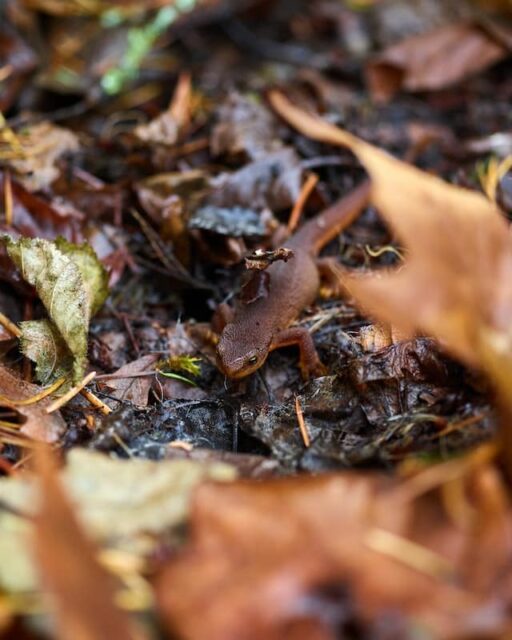
Asiatic salamanders are a species of amphibian that is native to Asia. These species are among the many salamander species currently endangered. Habitat loss and degradation are the main reasons they are endangered. It is caused by many factors such as deforestation, pollution and climate change. Asiatic salamanders are also collected for the pet trade, another threat to their survival.
We can save them by planting trees and preventing pollution. We can also help by supporting organizations working to conserve this species. Finally, we can spread awareness about the importance of saving Asiatic Salamanders.
#16 Mole Salamanders
Mole salamanders are a species of amphibians native to North America. They are included in the Red List of the IUCN and are at risk of extinction in the wild. The main threat to mole salamanders is habitat loss and degradation, as their natural habitats are being destroyed by human activity. It is particularly a problem in the United States, where their populations have declined sharply in recent years.
To save the mole salamander from extinction, we can work on their natural habitats by reducing habitat loss and degradation. Another is to captive-breed the salamanders and release them into the wild to help boost their numbers. Finally, increasing public awareness of the plight of the mole salamander and the importance of conserving them can also help to ensure their survival.
#17 Salamandridae
Salamandridae are some of the most fascinating creatures on Earth. These kinds of amphibians can live both on land and in water and play an important role in ecosystems. Unfortunately, many Salamandridae species are now endangered. The Salamandrids are a family of amphibians that includes newts and salamanders. These creatures are endangered by numerous factors, including habitat loss, pollution and environmental changes.
However, by creating nature reserves or by working to restore damaged habitats, we can save them. Another way is reducing pollution and climate change by reducing emissions from factories and automobiles, as well as and planting trees or other plants to help offset carbon dioxide emissions. Finally, educating people about the importance of all amphibians and the threats they face is important. School programs, public awareness campaigns, and information to people who work in the field, such as farmers and developers.
#18 True Frogs
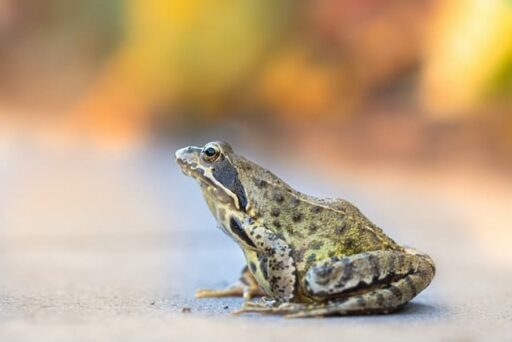
There are many reasons why true frogs are in danger of becoming extinct. By now, you may understand that habitat loss plays a vital role in any species extinction, including these amphibians. True frogs are losing the places they need to live and breed.
Pollution is also a major problem for true frogs. Pesticides and other chemicals poison the water they live in, making it difficult for them to survive. Additionally, introducing non-native species can also be detrimental to true frogs. These foreign species can spread disease or compete with true frogs for food and habitat.
Fortunately, we can save true frogs from extinction by setting aside areas specifically for these amphibians or by working to restore damaged habitats. Additionally, educating people about the importance of true frogs and the threats they face can help raise awareness and lead to more conservation efforts.
#19 Australian Water Frogs
There are many reasons why Australian Water Frogs are in danger of extinction. From an almost never ending list, the biggest threat to this creature is also habitat loss. As development and agriculture increasingly encroach on their natural habitat, these frogs are losing the places they need to live and breed.
Another major threat to Australian water frogs is pollution. Chemicals from farming and urban runoff can contaminate the water these frogs live in, making them sick or even killing them.
Some introduced predators pose a threat to Australian water frogs. These include fish, snakes, and crayfish, which all prey on these frogs. One of the most important things to do is to protect their habitat by limiting development in areas where these frogs live.
Another key step is to reduce pollution. It can be done by better managing agricultural chemicals and cleaning up urban runoff before it enters waterways. It is important to control introduced predators by removing fish, snakes, and crayfish from areas where Australian water frogs live.
Raise Awareness
Amphibians are disappearing at an alarming rate, and raising awareness about their plight is important. By working to protect their habitats and reduce pollution and disease, we can help save these amazing animals.
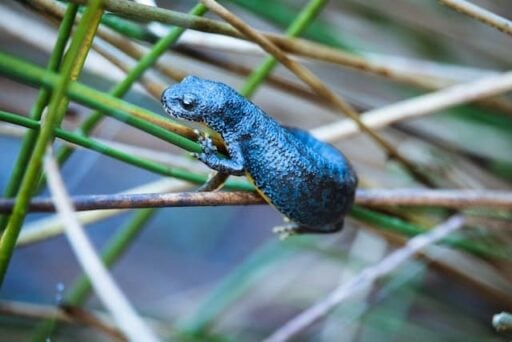
Read more facts about the Amphibians; Britannica.
Final Verdict:
Amphibians are creatures of land and water on the edge of extinction. According to a report from the International Union for the Conservation of Nature (IUCN), we have compiled a list of the 19 most endangered amphibians that are in the greatest danger worldwide. Living space is these species’ misfortune and greatest fall, and we need to take action and save them.
Thank you for reading this article! If you want continue to educate yourself about our planet’s endangered species and their plight, head on over and read about the 17 Most Endangered Birds.
- Octopus Stuck to Diver’s Back and Won’t Come Off - April 25, 2024
- Magpie Bird Is Reunited with Her Dog Best Friend - April 24, 2024
- Dog Saves Another Dog From Drowning in Fish Pond - April 23, 2024

